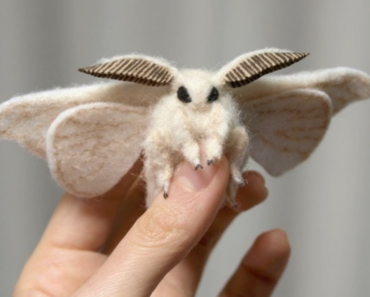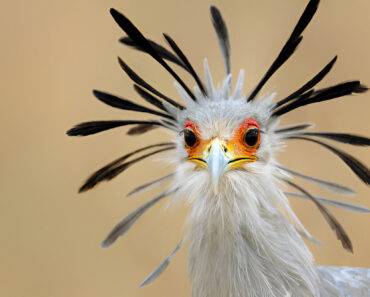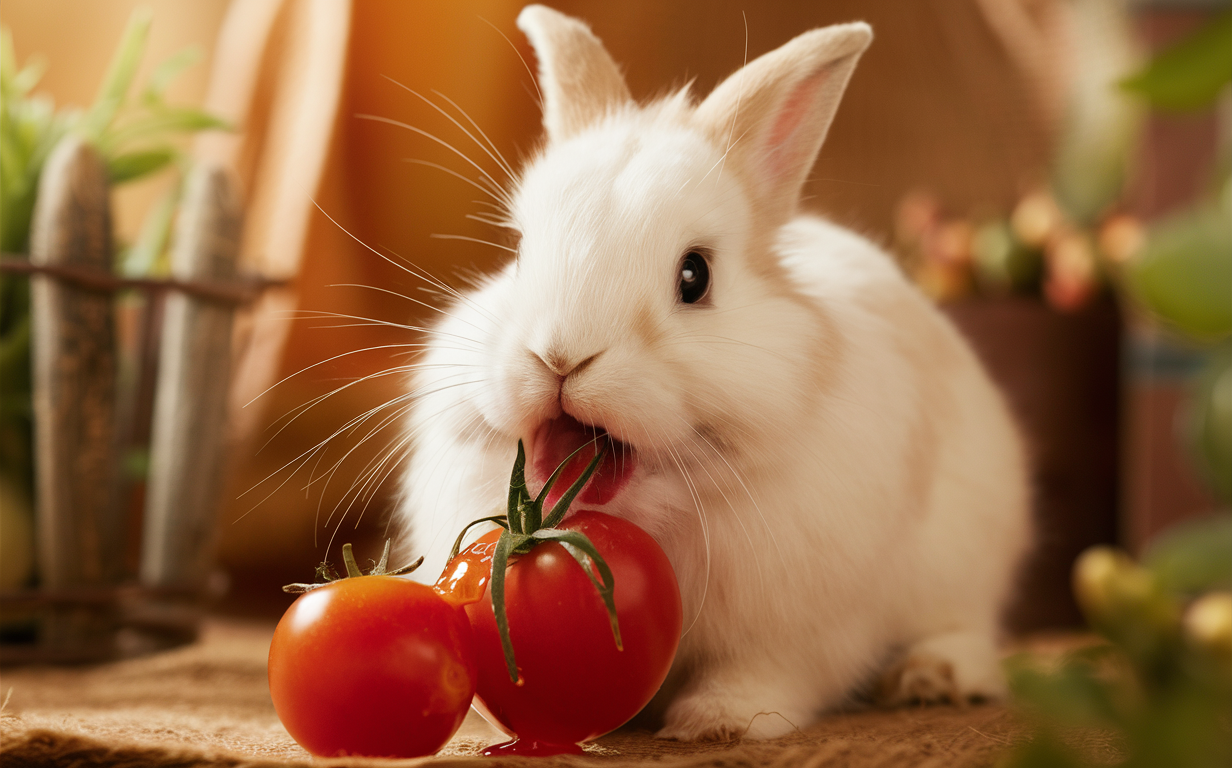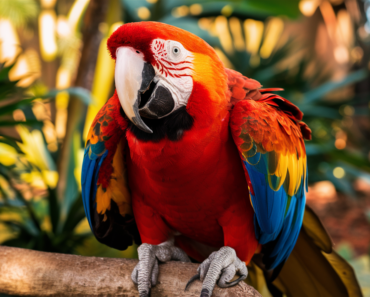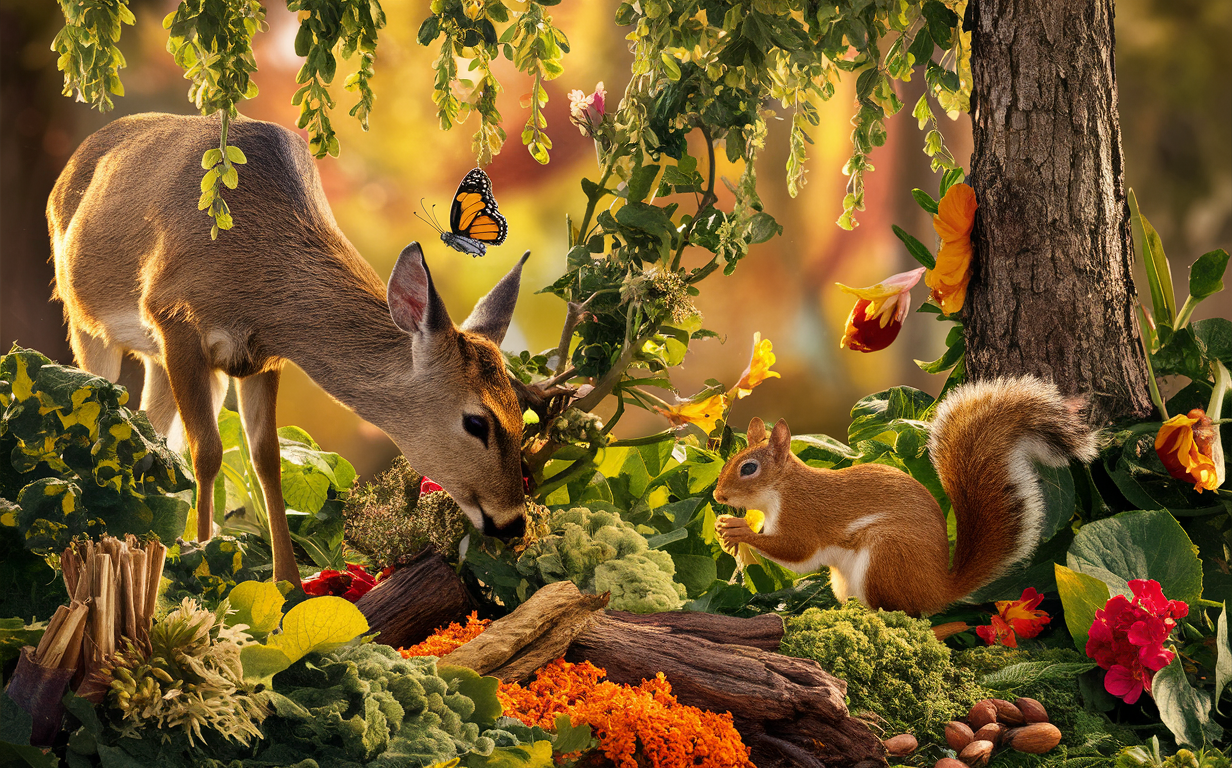Koalas, one of Australia’s most iconic animals, are renowned not only for their adorable appearance but also for their unique dietary habits. If you’re curious about koala eating habits, you’re about to uncover some fascinating details. This article delves into the intricacies of what koalas eat, particularly their reliance on eucalyptus leaves, and how this diet influences their behavior and survival.
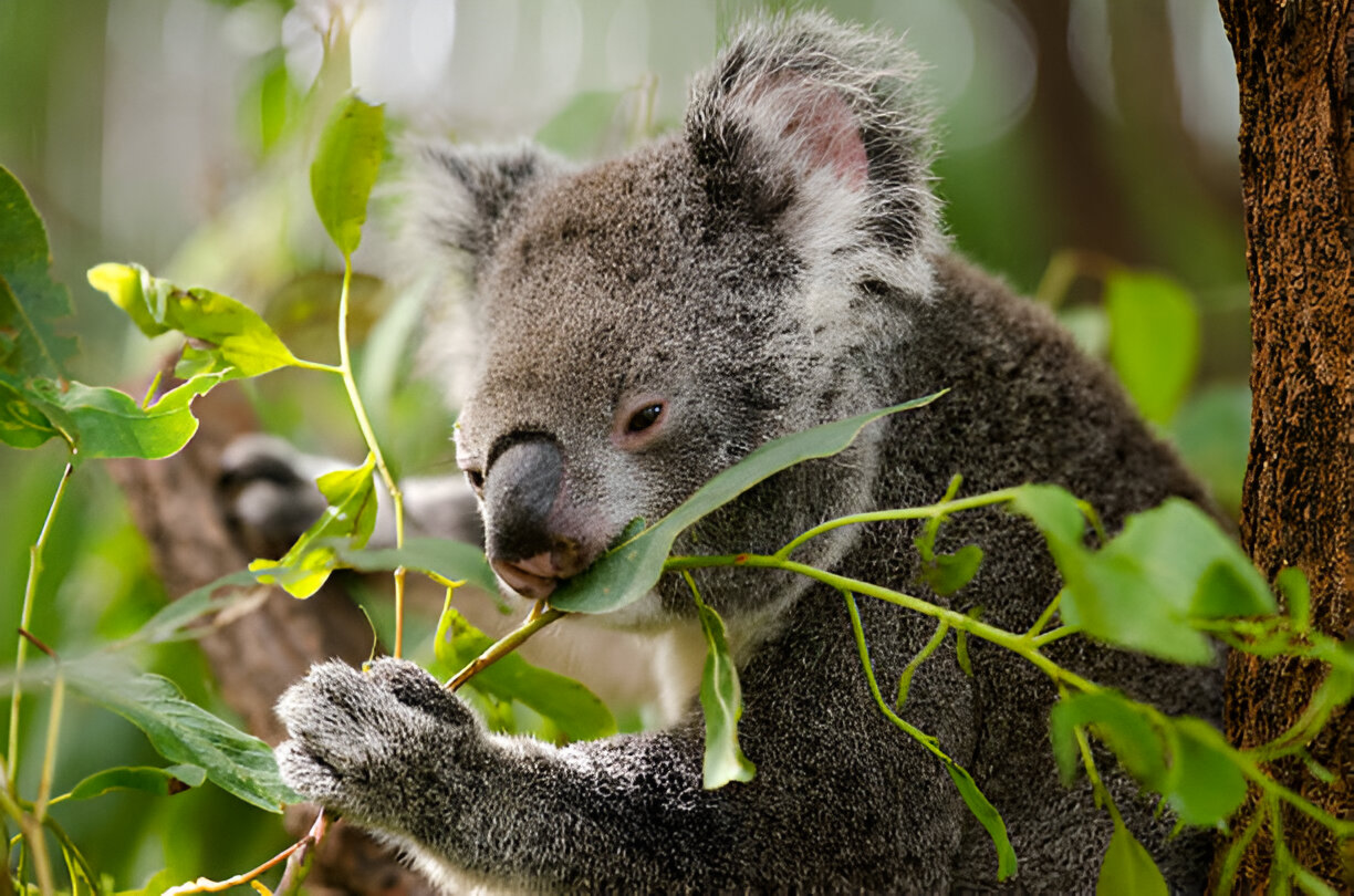
The Unique Diet of Koalas: Eucalyptus Leaves
Eucalyptus: The Staple Food
Koalas primarily consume eucalyptus leaves, which constitute nearly their entire diet. Out of over 600 species of eucalyptus trees, koalas show preference for about 30 specific types. These leaves are tough, fibrous, and contain toxic compounds, making them inedible to most animals. However, koalas have evolved to not only tolerate but thrive on this diet.
Eucalyptus leaves are not only tough and fibrous but also contain a variety of toxic compounds, including phenolic compounds, terpenes, and cyanogenic glycosides. For most animals, these compounds make eucalyptus leaves highly undesirable, if not entirely inedible. However, koalas have developed specialized adaptations to counteract these toxins and make the most of their fibrous diet.
Digestive Adaptations for Eucalyptus
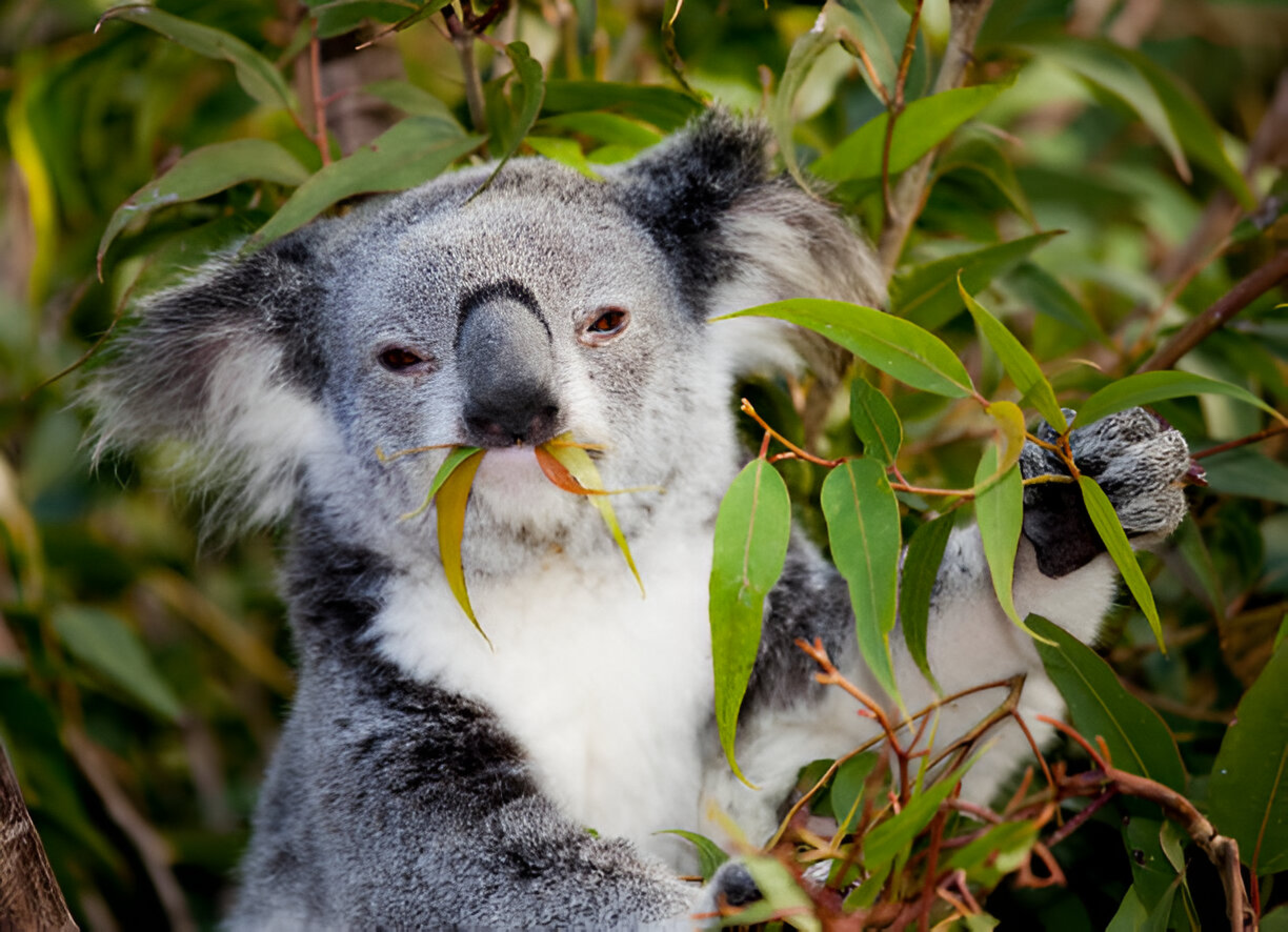
Koalas possess specialized digestive systems that allow them to handle their toxic diet. They have an enlarged caecum and long intestines, which facilitate the breakdown of fibrous leaves and neutralization of toxins. Their slow metabolic rate further aids in conserving energy while digesting these challenging meals.
The koala’s digestive tract is significantly adapted to handle the tough and toxic eucalyptus leaves. The process begins with their sharp, specially adapted teeth that are perfect for grinding the fibrous leaves into smaller pieces. Once ingested, the leaves pass through the koala’s long digestive tract, where a variety of specialized bacteria break down the fibrous material.
A key component of the koala’s digestive system is the caecum, an organ that is particularly large in koalas. The caecum houses a community of microorganisms that are essential for breaking down the cellulose in eucalyptus leaves. These bacteria ferment the fibrous material, breaking it down into simpler compounds that can be absorbed by the koala.
Koala Eating Habits and Their Impact on Behavior
Feeding Patterns
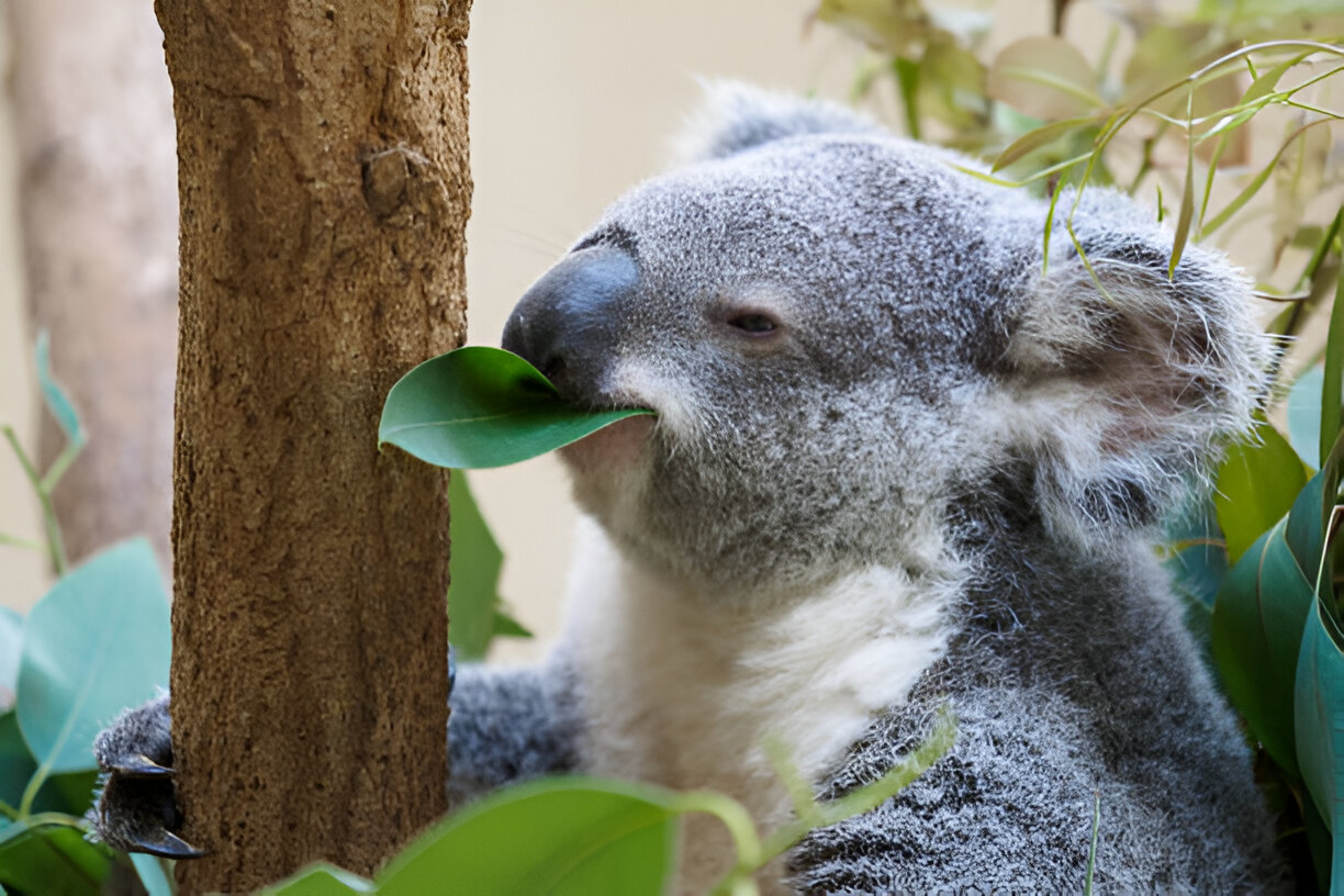
Koalas spend approximately 4 to 6 hours each day eating, consuming up to 500 grams of eucalyptus leaves daily. They primarily feed during the night, making them nocturnal creatures. During the day, koalas rest and sleep to conserve energy, often sleeping up to 20 hours.
Their nocturnal feeding habits are an adaptation to their environment and diet. Feeding at night helps koalas avoid the intense heat of the Australian day, reducing their risk of dehydration and overheating. Additionally, nocturnal feeding allows koalas to conserve water, as the eucalyptus leaves they consume have higher water content during the cooler nighttime hours.
Water Intake
Koalas obtain most of their water from the eucalyptus leaves they eat, which have a high moisture content. This adaptation enables them to survive in environments where water is scarce. However, during extreme heat or drought, koalas will drink from available water sources.
Interestingly, koalas are rarely seen drinking water. Their primary source of hydration comes from the eucalyptus leaves they consume, which can be up to 50% water. This efficient use of available resources is another reason why koalas are so well-adapted to their environment. However, in times of drought or extreme heat, koalas have been observed seeking out water sources, indicating that their water needs can exceed the moisture available in their diet under certain conditions.
The Role of Eucalyptus in Koala Survival
Nutritional Value and Challenges
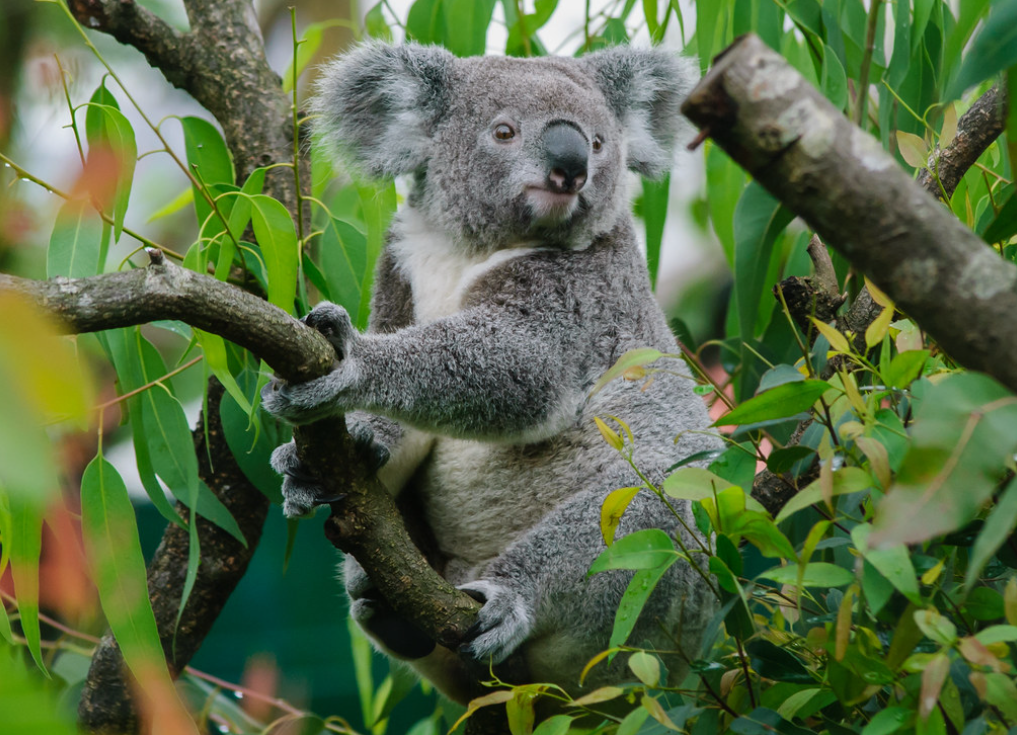
While eucalyptus leaves provide essential nutrients, they are low in energy and protein. Consequently, koalas lead a low-energy lifestyle, moving slowly and resting frequently. The toxins in the leaves also limit the amount they can consume at one time, further influencing their feeding and activity patterns.
Eucalyptus leaves are high in fiber but low in overall nutritional value, particularly in terms of protein and energy content. This diet necessitates a sedentary lifestyle for koalas, who conserve energy by sleeping and resting for up to 20 hours a day. This low-energy lifestyle is a direct adaptation to their nutrient-poor diet, allowing them to survive and thrive despite the limited nutritional value of their primary food source.
Territorial Behavior Linked to Feeding
Koalas are territorial, and their home ranges are often determined by the availability of suitable eucalyptus trees. They mark their territory using scent glands on their chest, ensuring access to their preferred food sources without competition from other koalas.
The availability of eucalyptus trees directly influences koala social structure and territorial behavior. Each koala has a home range that it patrols and marks using scent glands located on its chest. These scent markings serve as a communication tool, signaling to other koalas that a particular tree or area is already occupied. This territorial behavior helps reduce competition for food and ensures that each koala has access to an adequate supply of eucalyptus leaves.
The Ecological Impact of Koala Eating Habits
Eucalyptus Forests and Biodiversity
Koalas play a crucial role in the ecosystem, particularly in eucalyptus forests. By feeding on the leaves, they help maintain the health of these forests by preventing any single species of eucalyptus from becoming too dominant. This feeding behavior promotes biodiversity within the forest, supporting a variety of plant and animal species.
Eucalyptus trees themselves are adapted to cope with the feeding habits of koalas. These trees have evolved to produce the toxic compounds that deter most herbivores, but they also have mechanisms to recover from the loss of leaves due to koala feeding. This dynamic interaction between koalas and eucalyptus trees is a prime example of the balance within natural ecosystems, where the feeding habits of one species can influence the overall health and diversity of the habitat.
Soil and Nutrient Cycling
Koalas also contribute to nutrient cycling within their habitat. The leaf litter and feces they produce add organic matter to the soil, promoting nutrient cycling and supporting the growth of various plant species. This organic matter enriches the soil, fostering a healthier and more diverse ecosystem.
The droppings of koalas, known as scats, are particularly beneficial to the environment. These scats contain partially digested eucalyptus leaves that decompose and release nutrients back into the soil. This process helps maintain the nutrient balance in the forest floor, supporting the growth of understory plants and contributing to the overall health of the ecosystem.
Conservation Concerns Related to Koala Eating Habits
Habitat Destruction
Habitat destruction is one of the most significant threats to koalas. Urbanization, agriculture, and bushfires have led to the loss of eucalyptus forests, reducing the available food sources. Conservation efforts focus on preserving and restoring these habitats to support koala populations.
Urban expansion and agricultural development have resulted in the fragmentation and loss of eucalyptus forests, which are critical to koala survival. This habitat loss not only reduces the availability of food but also isolates koala populations, making it harder for them to find mates and maintain genetic diversity. Efforts to combat habitat destruction include reforestation projects, the establishment of wildlife corridors, and the protection of existing eucalyptus forests through legislation and conservation agreements.
Climate Change Impact
Climate change poses additional threats to koalas. Changes in temperature and rainfall patterns can affect eucalyptus tree growth and distribution, impacting food availability. Conservationists are addressing these challenges through habitat management and research.
As climate change alters the Australian landscape, the distribution and health of eucalyptus trees are affected. Higher temperatures, altered rainfall patterns, and increased frequency of extreme weather events like droughts and bushfires can all impact the growth and survival of eucalyptus forests. These changes, in turn, affect the availability of food for koalas. Conservationists are working to mitigate these impacts by studying the effects of climate change on koala habitats and implementing strategies to enhance the resilience of these ecosystems.
Disease and Health Issues
Koalas are also susceptible to diseases such as chlamydia, which can cause blindness, infertility, and death. The stress from habitat loss and climate change can exacerbate these health issues, making disease management a critical component of koala conservation efforts.
Chlamydia is a major health concern for koalas, affecting populations across Australia. This bacterial infection can lead to severe health problems, including blindness, reproductive issues, and even death. The spread of chlamydia is facilitated by the close contact between koalas, particularly during the breeding season. Efforts to manage this disease include medical treatments for infected koalas, vaccination programs, and research into the disease’s transmission and impact on koala populations.
Conservation Efforts and Future Directions
Habitat Restoration and Protection
Conservation programs focus on protecting and restoring koala habitats. This includes reforestation projects, creating wildlife corridors, and legal protections for critical habitats. By preserving eucalyptus forests and ensuring connectivity between habitat areas, conservationists aim to support healthy koala populations.
Reforestation efforts involve planting native eucalyptus trees in areas that have been cleared or degraded. These projects help restore the natural habitat for koalas and other wildlife, promoting biodiversity and ecosystem health. Wildlife corridors are another important conservation tool, providing safe passages for koalas to move between fragmented habitats, reducing the risk of inbreeding and supporting genetic diversity.
Community Engagement and Education
Public awareness and community involvement are crucial for the success of conservation efforts. Educational programs and campaigns aim to inform the public about the importance of koalas and their habitats, encouraging support for conservation initiatives and responsible environmental practices.
Research and Innovation
Ongoing research is essential for understanding the complex needs of koalas and developing effective conservation strategies. Scientists study koala behavior, genetics, health, and habitat requirements to inform conservation practices. Innovative technologies, such as GPS tracking and remote sensing, are used to monitor koala populations and their habitats.
Conclusion
Understanding koala eating habits provides insight into their unique adaptations and the challenges they face in the wild. Their reliance on eucalyptus leaves shapes their behavior, lifestyle, and survival strategies. Conservation efforts are crucial to protecting these iconic marsupials and their habitats, ensuring future generations can continue to admire these fascinating creatures.
The conservation of koalas is a multifaceted effort that requires collaboration between governments, conservation organizations, scientists, and local communities. By protecting and restoring habitats, managing diseases, and addressing the impacts of climate change, we can help ensure the survival of koalas and the health of the ecosystems they inhabit. Public awareness and support are also essential, as individuals can make a difference by supporting conservation initiatives, participating in habitat restoration projects, and advocating for policies that protect wildlife and natural habitats.
Suggested Internal Links
Koala Conservation Efforts Koala Habitat and Diet
Suggested Outbound Links
Koala Conservation Australia World Wildlife Fund: Koala
